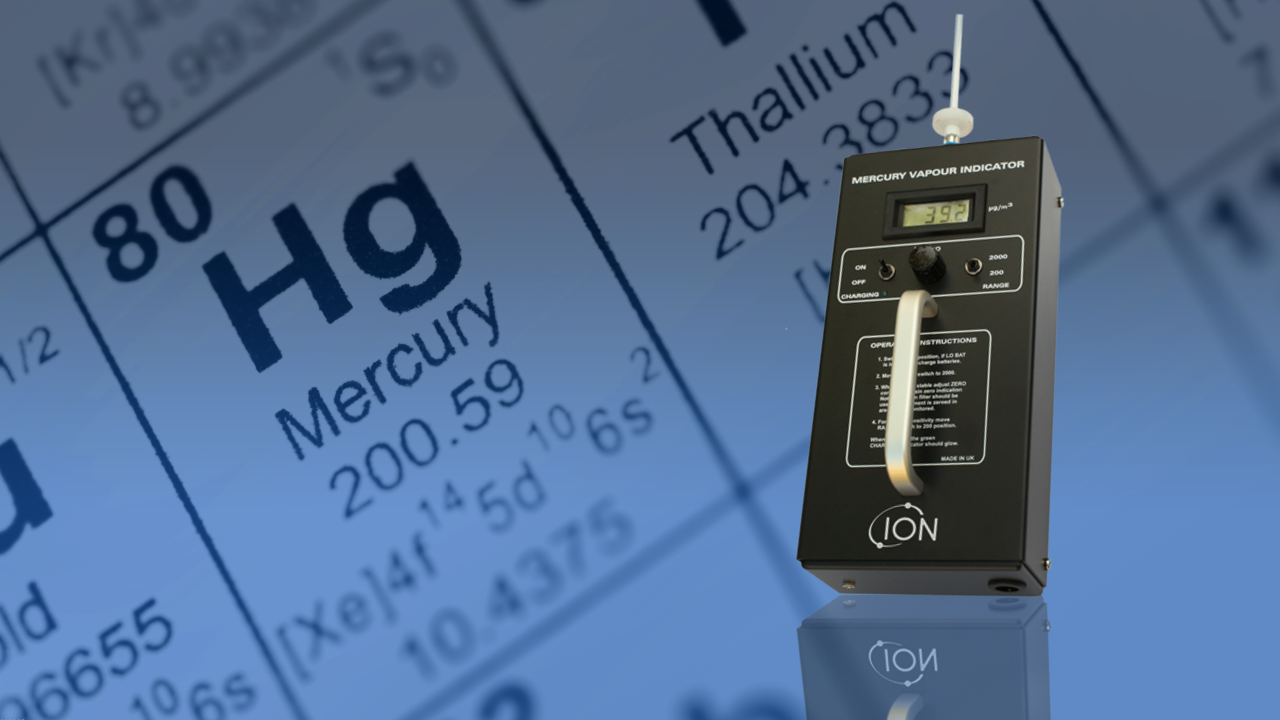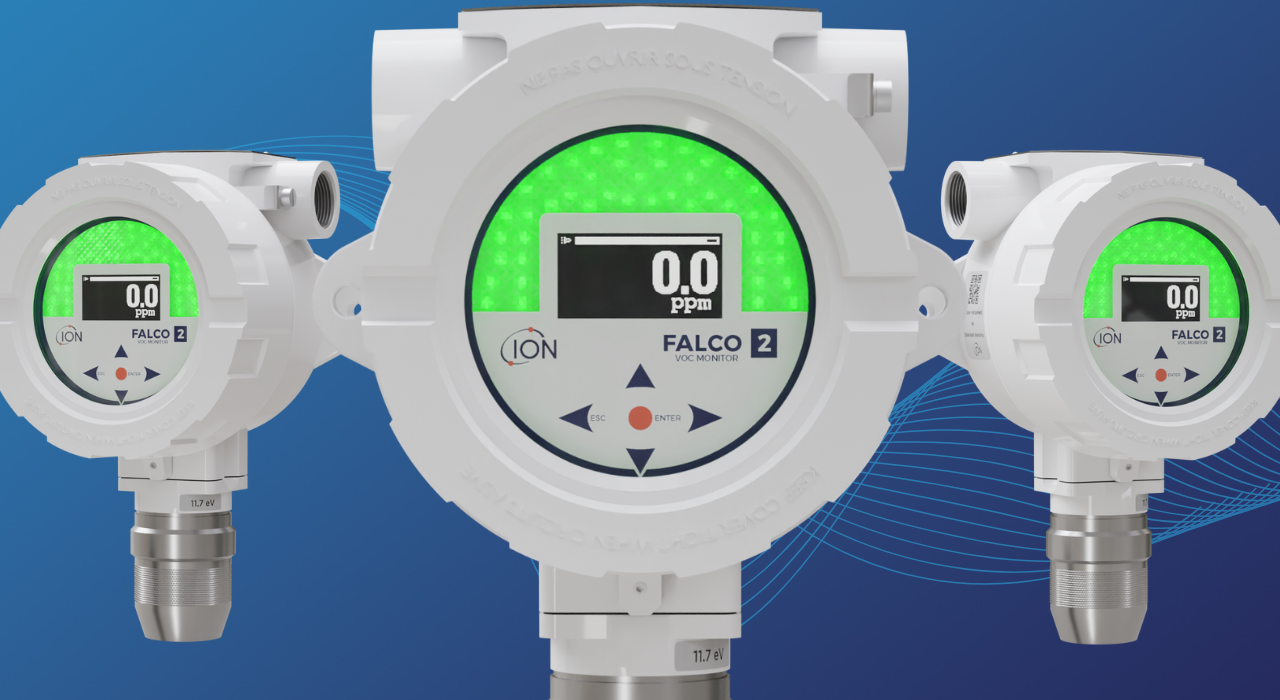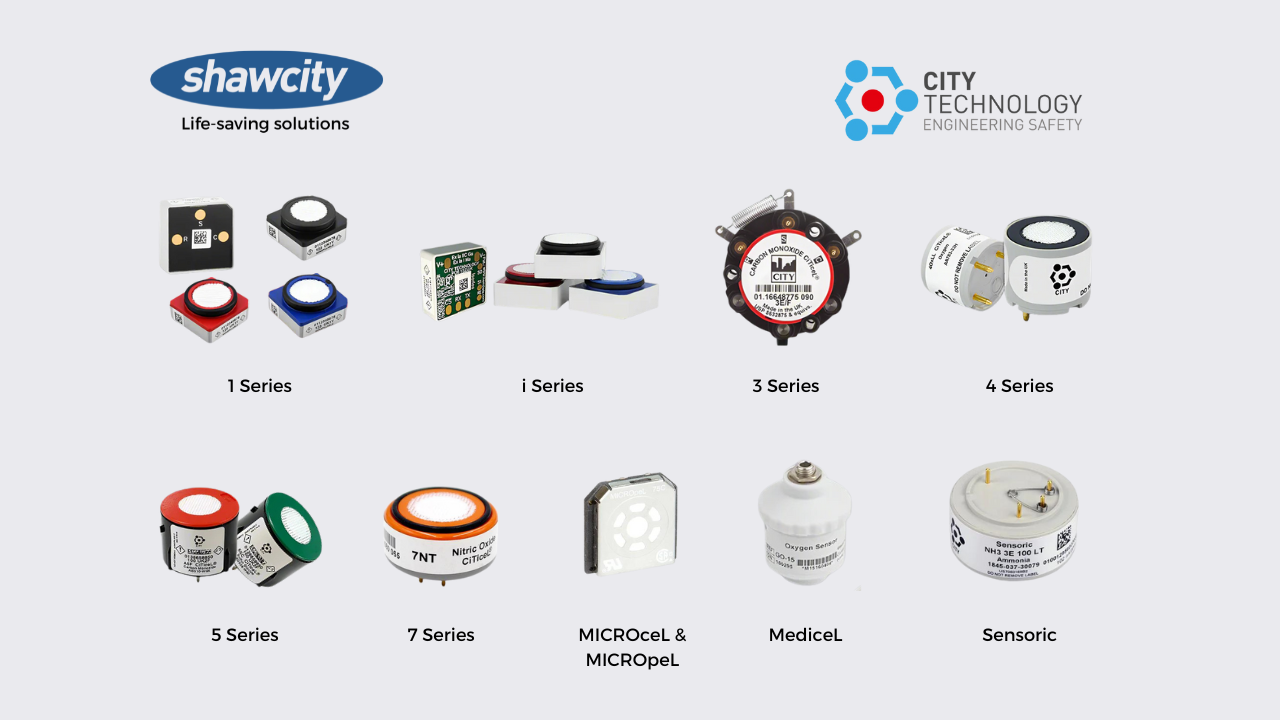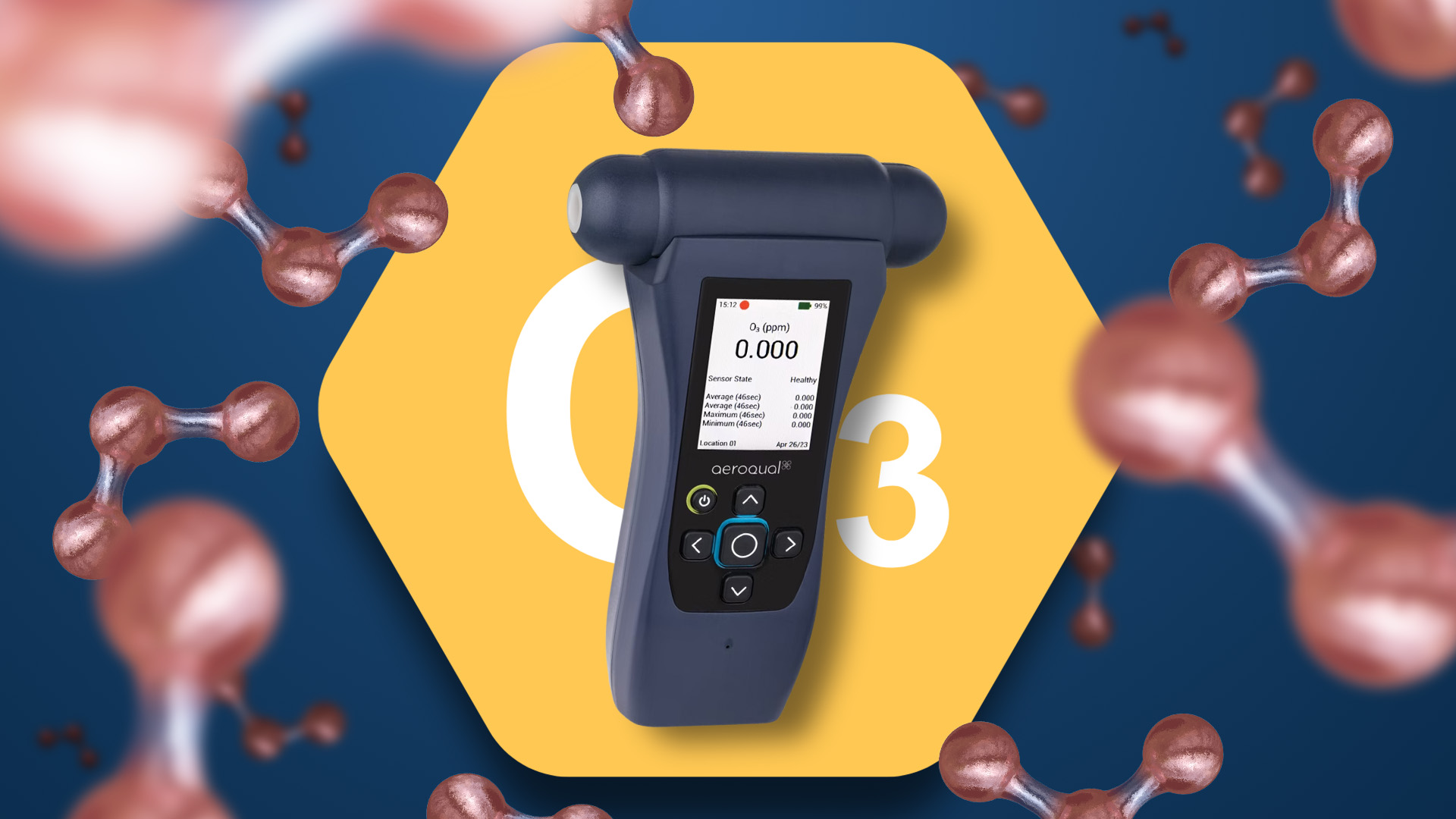What is mercury?
Mercury (Hg) is a naturally occurring chemical element that can be found in three forms: elemental (metallic) mercury, inorganic and organic mercury.
Elemental mercury is a shiny, silver-white liquid metal at room temperature. It is often referred to as quicksilver and evaporates to form invisible, odourless, toxic mercury vapour.
Inorganic mercury is where mercury has combined with other elements. Mercuric sulphide contains sulphur, mercuric oxide contains oxygen and mercuric chloride contains chlorine. These compounds are mostly white powders or crystals.
Organic mercury is found naturally in the environment. It is released from the earth’s crust and can be found in fossil fuels, soil, rocks and volcanoes.
What is mercury used for?
Before it was realised that mercury and its compounds are extremely toxic, the chemical was widely used in a host of industrial and domestic products and processes – from batteries, auto switches and HVAC equipment to cathode-ray tubes (CRTs), dishwashers, and lamps. For many years it was an important additive in paints, pesticides, rubber flooring and event cosmetics.
Today, when its toxic properties are much better understood, it remains an essential chemical in a host of manufacturing processes, including the production of chlorine, cement, caustic soda and sulphuric acid. It is also used or emitted in significant quantities within power generation and dental care applications.
Mercury is also commonly found in thermometers, barometers, mercury switches, electrical relays, fluorescent lighting and even lighthouses.
What are the health impacts of mercury exposure?
The presence of mercury in the environment does not always lead to exposure. For it to cause any adverse health effects, humans must come into contact with it.
People can be exposed to mercury by breathing vapour or ingesting it, or by coming into contact with it via the skin. Following exposure to any chemical, the adverse health effects encountered depend on several factors including the amount, method and duration of exposure.
Guidance and information on workplace exposure limits can be found in the HSE EH40 Regulations: https://www.hse.gov.uk/coshh/basics/exposurelimits.htm
Common symptoms of mercury poisoning can present as itching or burning sensation, skin crawling or peeling skin. Some mercury compounds can also be absorbed through the skin and cause allergic reactions. Exposure to excessive levels of mercury can permanently damage or fatally injure the brain and kidneys.
How can I monitor mercury?
Occupational mercury exposure can occur in several workplace applications, including waste and recycling, electrical equipment or thermometer manufacturing, chemical processing plants, mining, petroleum, hydrocarbon, refining and bioremediation. 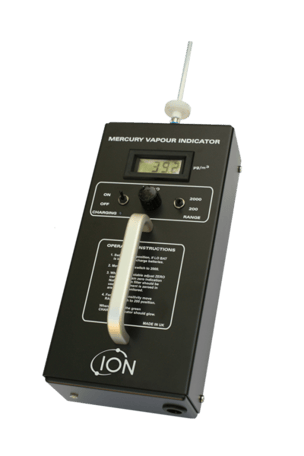
The Ion Science Mercury Vapour Indicator (MVI) can detect mercury in just three seconds and, unlike other technologies, does not rely on waiting for gold film to regenerate.
Fast and accurate, the MVI provides continuous readings and offers two detection ranges of 0.1-200μg/m3 and 1.0-1999μg/m3. These two ranges provide critical coverage for the EU-OSHA PEL at 100 ug/m3 and the IDLH at 1,000 ug/m3.
A high-performance pump ensures fast indication and recovery and the instrument’s audible alarm and large digital display clearly indicate the levels of mercury present.
With ultimate portability, excellent battery life and fast recharging, fewer analysers are needed on-site which reduces the cost of monitoring. An optional data logger is also available. Ergonomically designed for simple, one-handed operation, the MVI is the ideal survey unit for rapid and reliable mercury detection.
The MVI is available to hire or buy from Shawcity. For more information or to request a free demonstration contact: info@shawcity.co.uk or call 01367 899419.
